From the Appalachian Mountains to the Chesapeake Bay, the watersheds of the Virginias are all unique and understanding your watershed’s history can be key in being a part of its future.
By Cassidy Quistorff Cianciolo
Everyone lives in a watershed. Simply put, it’s the land that drains to a common body of water, such as a stream, lake, or ocean. No matter where you live in Virginia, you are part of one of the state’s nine major watersheds. These areas can be divided down even further to differentiate smaller watersheds on a local scale like pieces of a jigsaw puzzle. Nearly two-thirds of Virginia is located within the Chesapeake Bay watershed which includes the York, James, Rappahannock, and Potomac rivers. As such, this area of the Commonwealth drains into the Chesapeake Bay, making the surrounding land uses in much of Virginia critical to the Bay’s water quality. Suffice to say: there’s a connection that can’t be broken between land and water and this makes healthy watersheds a vital component to a healthy environment.
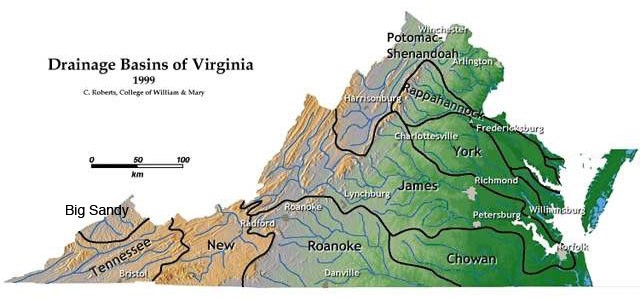
The anatomy of a watershed is like each person’s fingerprints. Although unique to each individual, there are similarities: one being that all watersheds are affected by humans. The different characteristics of a watershed, such as the soil, geology, vegetation, slope, and human uses of the land and water, influence the quantity and quality of the water. With more developed area, there is an increase in runoff, which can impact water quality because of the lack of plant cover and soil to filter and slow down the water. There are also major physical components within watersheds such as wetlands, upland areas like forests, and headwater streams.
“Headwater streams are like the blood vessels of a river; they support and create the flow of a river,” Tommy Cianciolo, a recent Masters graduate from Virginia Tech explained. “That’s something that really attracted me to working with water for a career: the connectedness of everything in the system.” The coalfield region of West Virginia and Virginia, where Tommy conducted most of his research, contains some of the greatest concentration of headwater streams in the world.
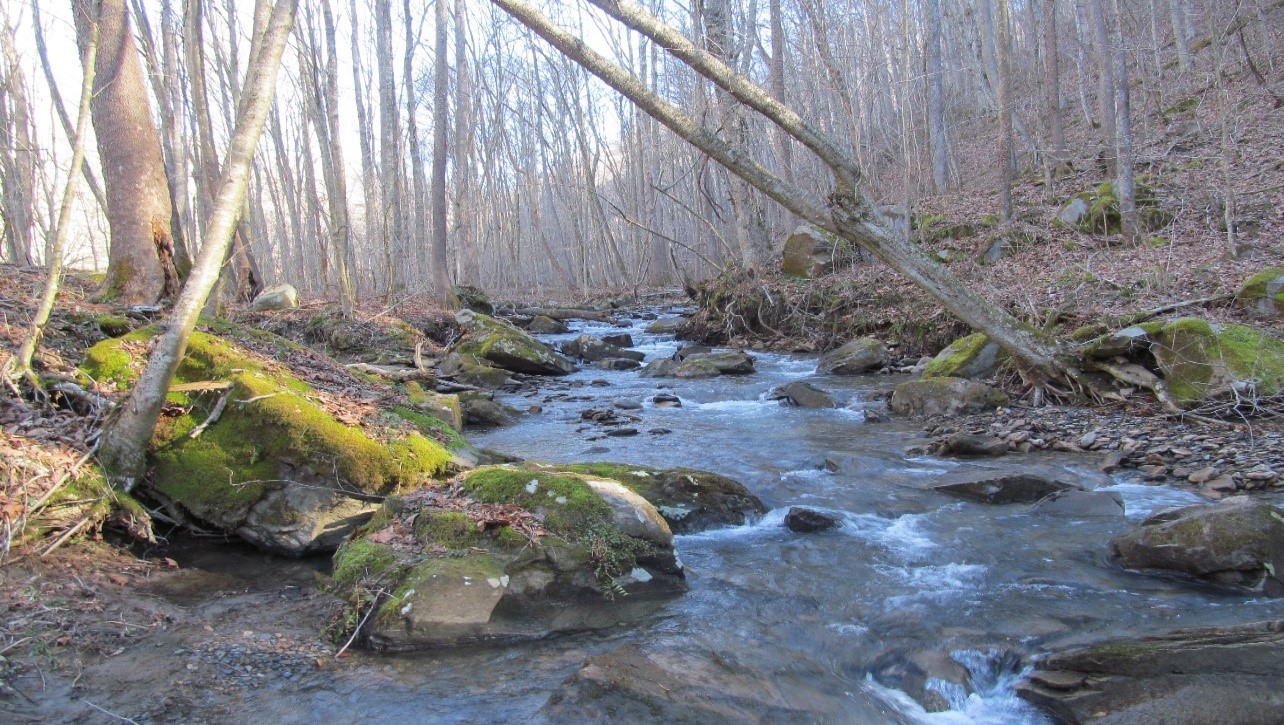
All streams have a major influence on the integrity and quality of the downstream waters. Headwater streams are where rivers are born. Although headwater and small streams make up at least 80% of the stream network in the country, they have historically been given little consideration. In fact, they are often not named or even shown on maps due to their relatively small size. This has led the way for the past manipulation, burial, and overall disregard for the importance of headwater streams. After decades of oversight, these streams are now being given increased recognition for their relevance to overall water health. New research findings and publications in peer reviewed scientific journals have only further established the connections between headwater streams and downstream ecosystems.
Tommy Cianciolo’s research on his findings on headwater streams and the impacts of historic coal mining was recently published in peer-reviewed journals.
“We sampled six headwater streams for selenium in the central Appalachian coalfield in southwestern Virginia and southern West Virginia.” Cianciolo continued, “One of my favorite parts about the whole thing was that the streams were gorgeous. Even the mining streams, you couldn’t tell because they were located below the mining. The only difference was the water quality, which you would only see in the lab results. We were collecting parts from a whole stream ecosystem: water, sediment, leaves, algae, bugs, fish, and salamanders. Pretty much a whole food chain… We were looking at selenium because it’s really bad for fish, and we know it’s found in these mining streams. But few had ever looked for it in headwater streams or its effects on fish and salamanders in headwater streams.”
Selenium is a naturally-occurring element and is found in the rocks of the Appalachian Mountains. In an unaltered environment, the water would not be exposed to the selenium in the mountain. Because of the past mining in the area, the rock was exposed as well as the selenium. The trace element then gets washed into the headwater streams and continues throughout the water system. Surface coal mining can speed up the weathering process at a harmful rate, says Cianciolo. “Selenium is associated with coal rocks, but the selenium wouldn’t be exposed under natural conditions. When you bring all those buried rocks to the surface and fracture them, you also bring everything else with them, such as sulfate, magnesium, calcium, and the trace elements like selenium.”
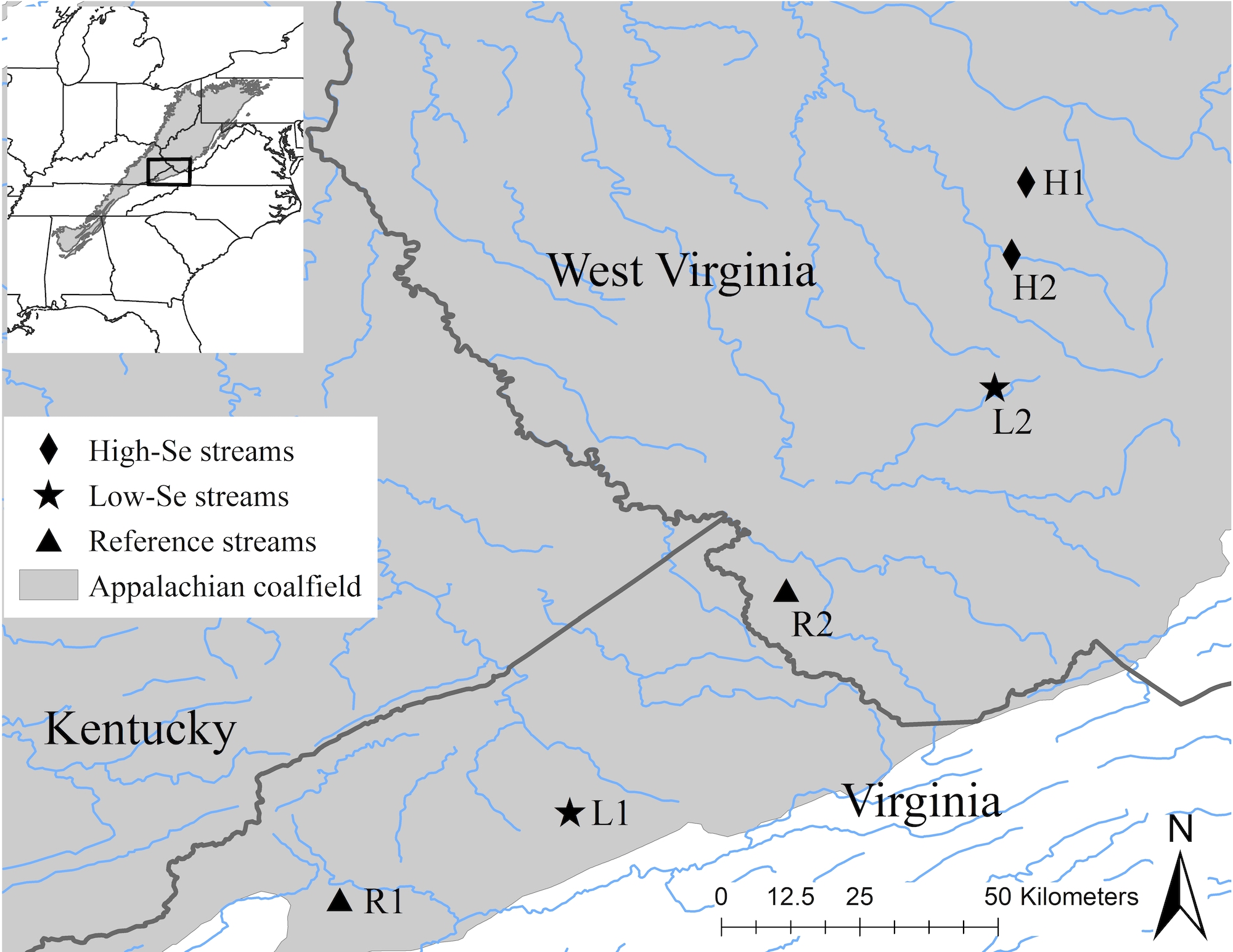
Although selenium is actually beneficial to health in very small amounts, it can become toxic as it bioaccumulates – becomes more concentrated – through the food chain. It may not directly harm the first fish or insect that it encounters but may cause serious health issues for the predator of that species, such as birds.
“The water quality [of the streams] hasn’t changed significantly in ten years of sampling, so it’s going to be at least a decades-long problem. There still is mining, every year more streams are impacted. But the rate is much smaller than it used to be,” Cianciolo explained. The question still remains: once selenium is in the headwater stream environment; how long and how far downstream does it actually stay? The trace element attaches to sediment and the environment, and scientists are still unsure how long it lasts there. Cianciolo continued on the topic, “In a stream, it wouldn’t last as long as a lake. In a lake, it’s really bad because the water is more stagnant and not going anywhere. Headwater streams, on the other hand, go for miles and miles downstream; and all things being equal, if you didn’t change anything about the water, how far would it last?”
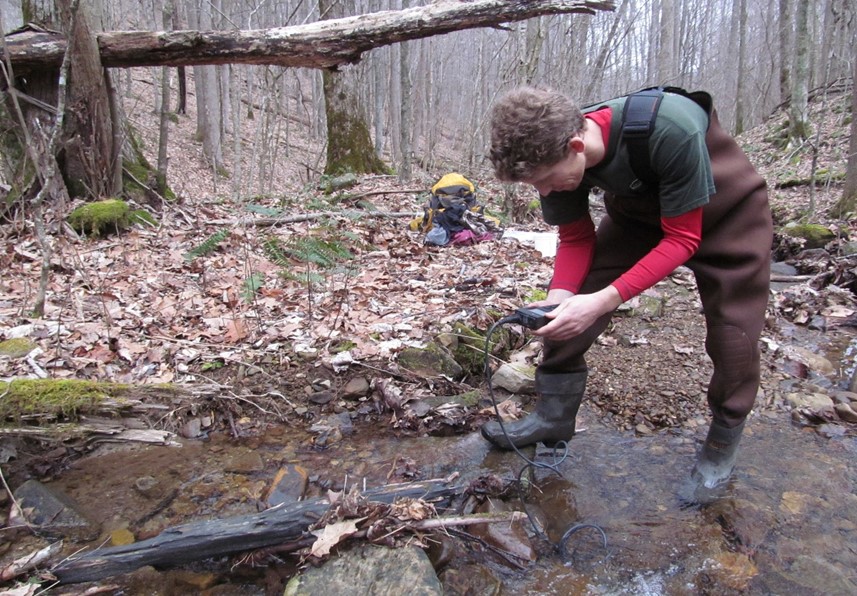
In watersheds of the Appalachian coal region selenium is a naturally occurring element, but in excess it can cause severe ecological issues. Although coal mining in West Virginia and southwestern Virginia was once a main source of economic support for these communities, coal has been on a declining economic slope as other forms of energy become less expensive to produce and may have lesser environmental consequences. So, what does the future of these watersheds look like?
For communities like Norton, Virginia, the answer may be in the outdoors. Many Appalachian communities are starting to think about how to diversify their coal-based economies, and Norton hopes to use its beautiful natural environment as a way forward. Although economic transition researchers who study coal-dependent communities say diversification is not easy, there has been an increasing amount of success across the country — particularly when the community takes a recreation-based approach for job creation and economic recovery.
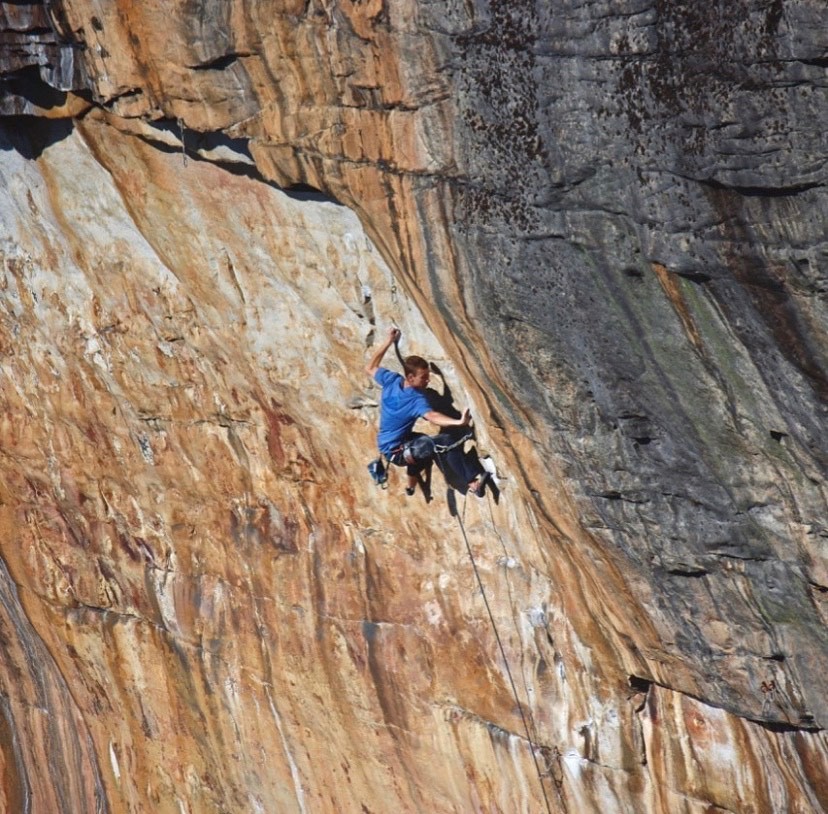
Norton hopes to use its once-mined mountains as a mountain biking and hiking destination. The hope is that with enough trails in the system, outdoor enthusiasts will come to the area for a few days, creating a patronage at local restaurants, hotels, and stores. Although this recreation-based strategy is a useful tool, it is not used as an end-goal for communities’ economies. Recreation makes the area more attractive, but towns also need to have a broader development strategy that includes good schools and healthcare as well as cultural amenities. This can be difficult because of legacy costs left by the coal industry, such as safety and health hazards. Another hurdle can be political leaders insisting on a comeback of coal, which can stall action and leave the community looking toward the past.
But the future is bright for highlighting some of Virginia and West Virginia’s natural wonders. In recent years, Fayetteville, West Virginia has seen a boom in economic activity because of its proximity to the New River Gorge, a world-class climbing and white-water rafting area. Similar to the headwater streams of these watersheds, the communities are recognizing the importance of starting small and seeing these actions put together to create cascading beneficial impacts.
